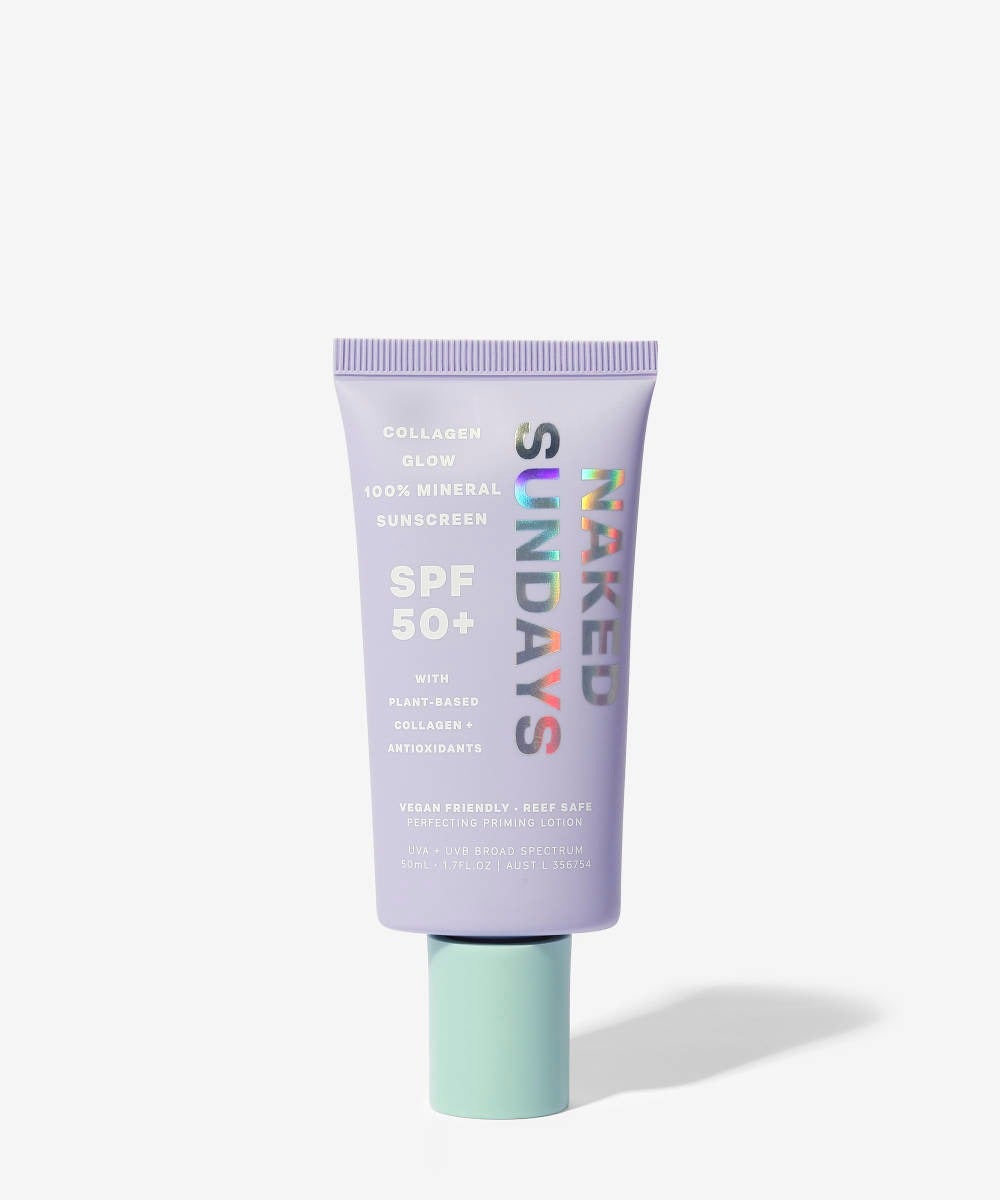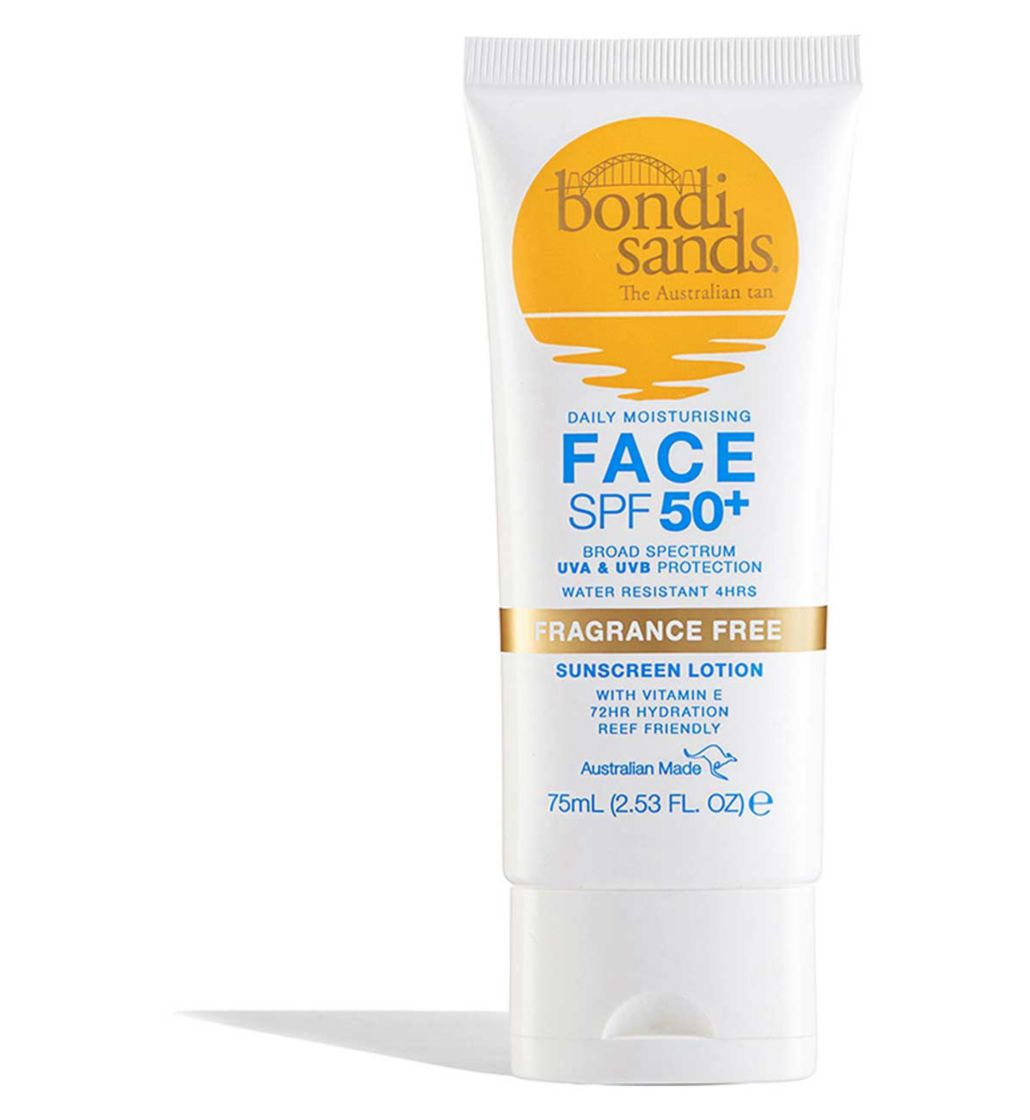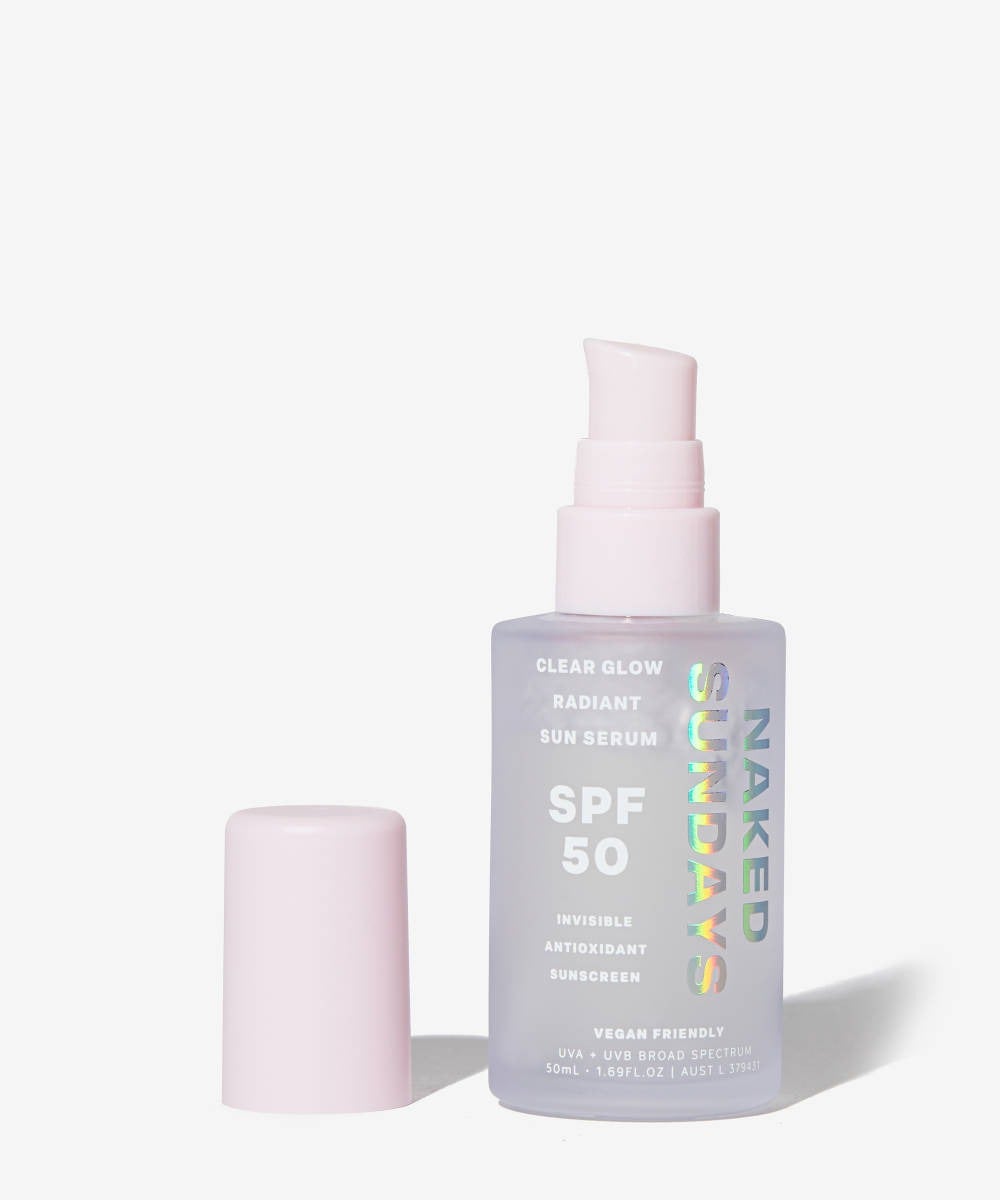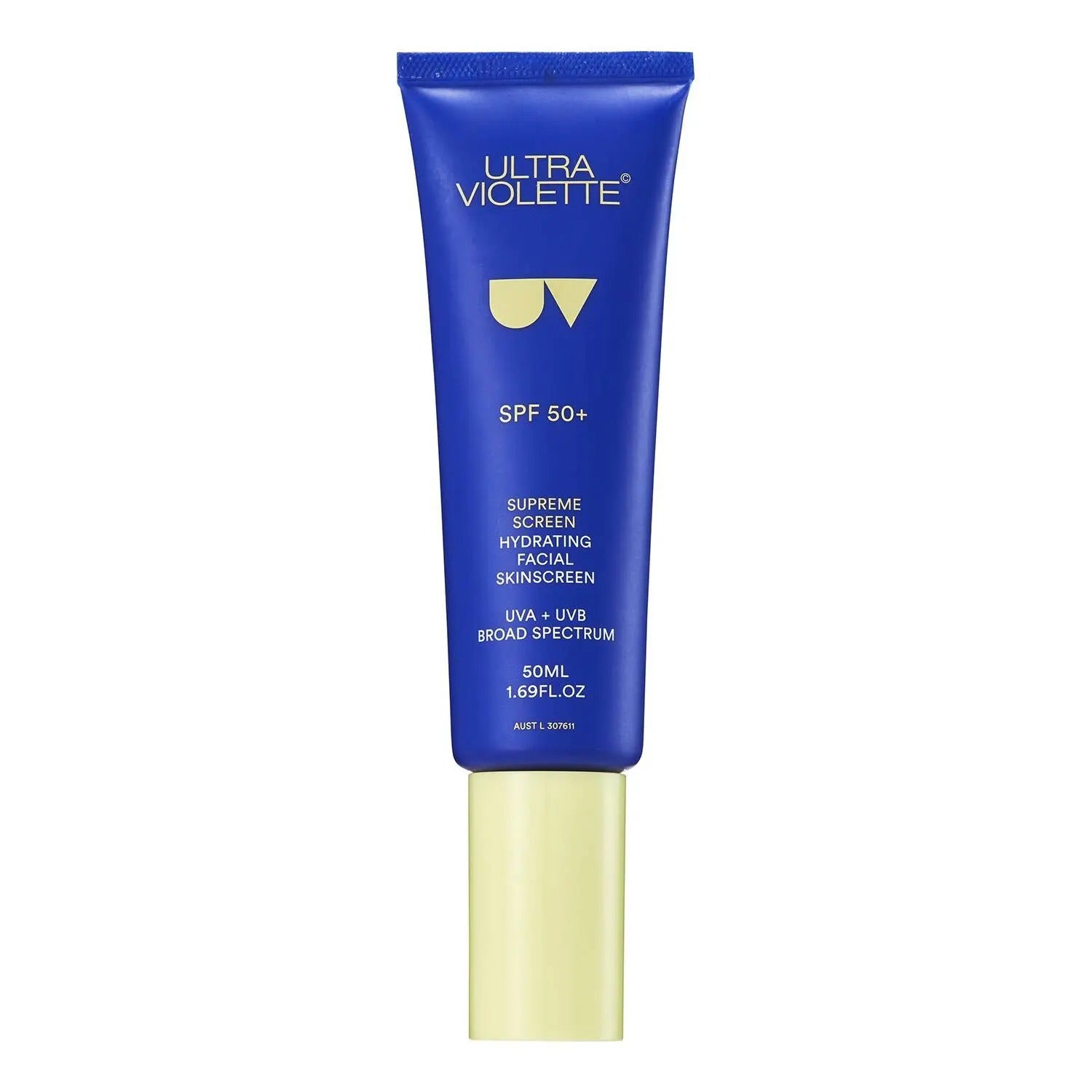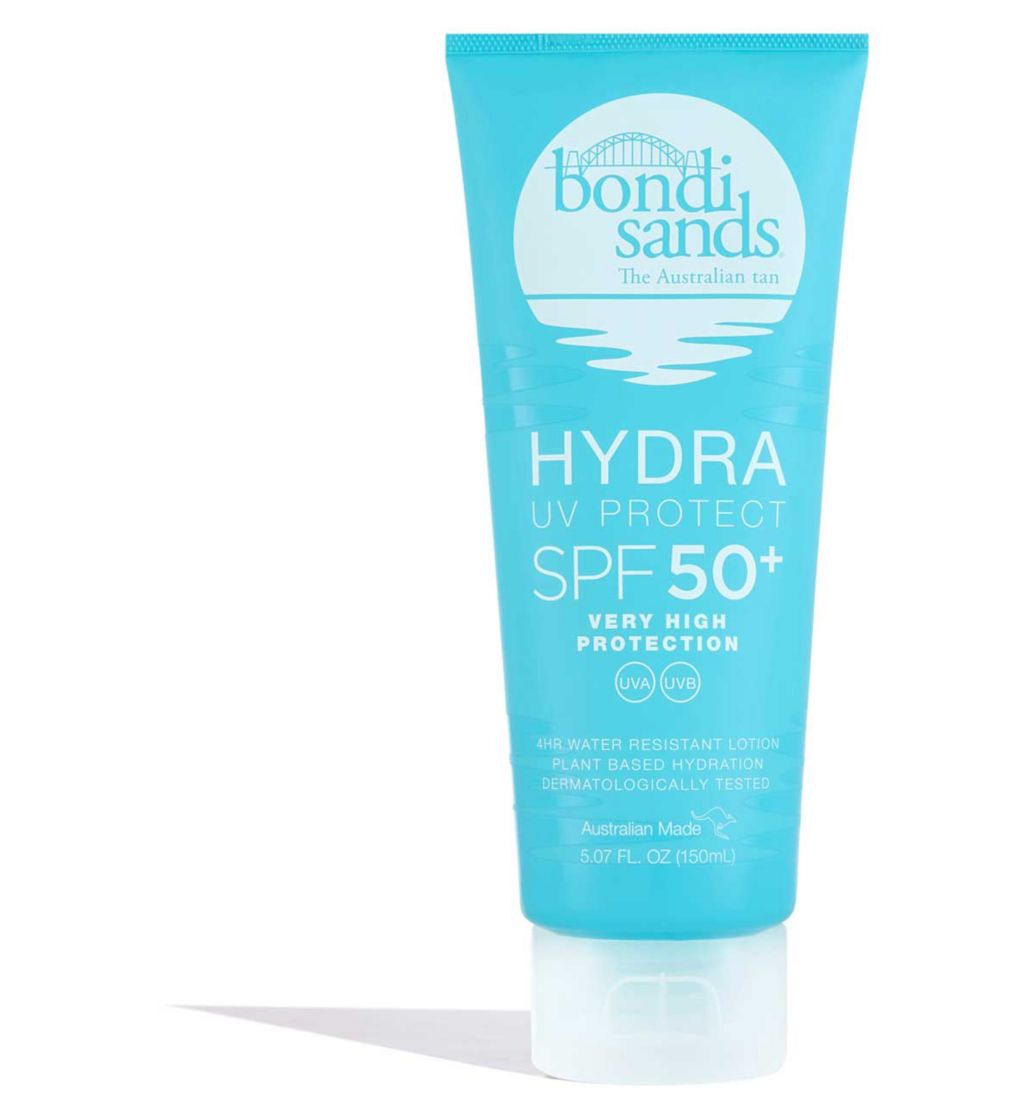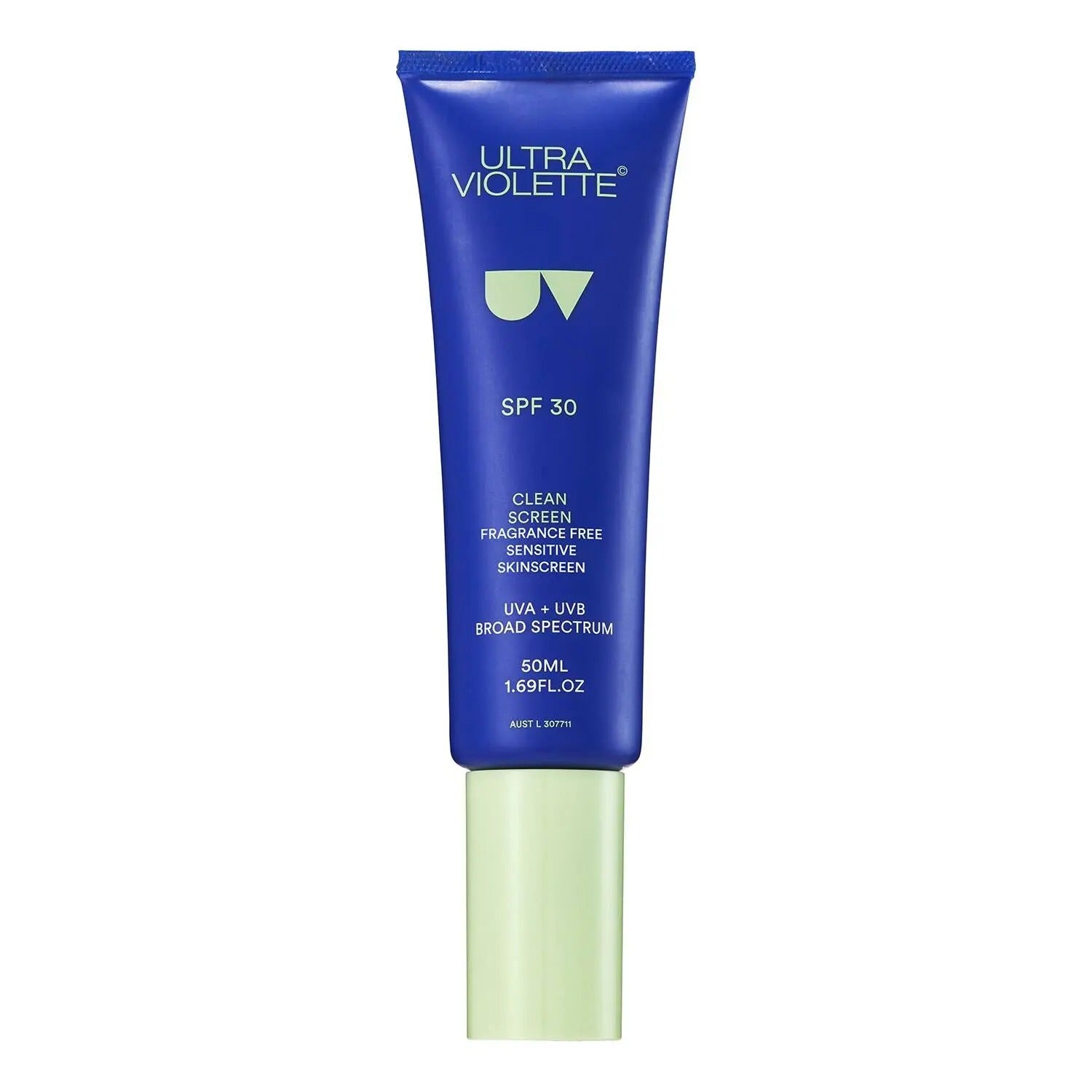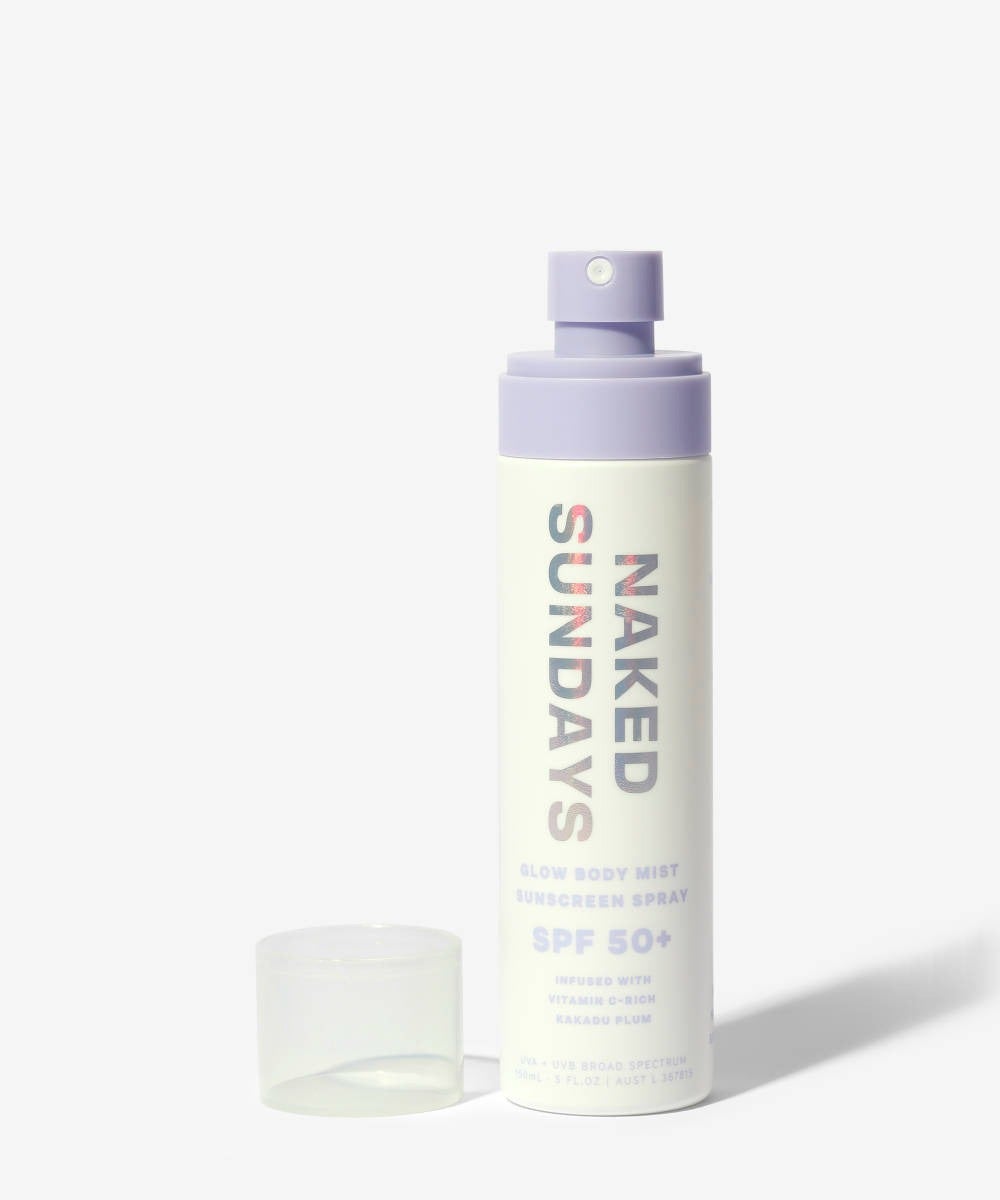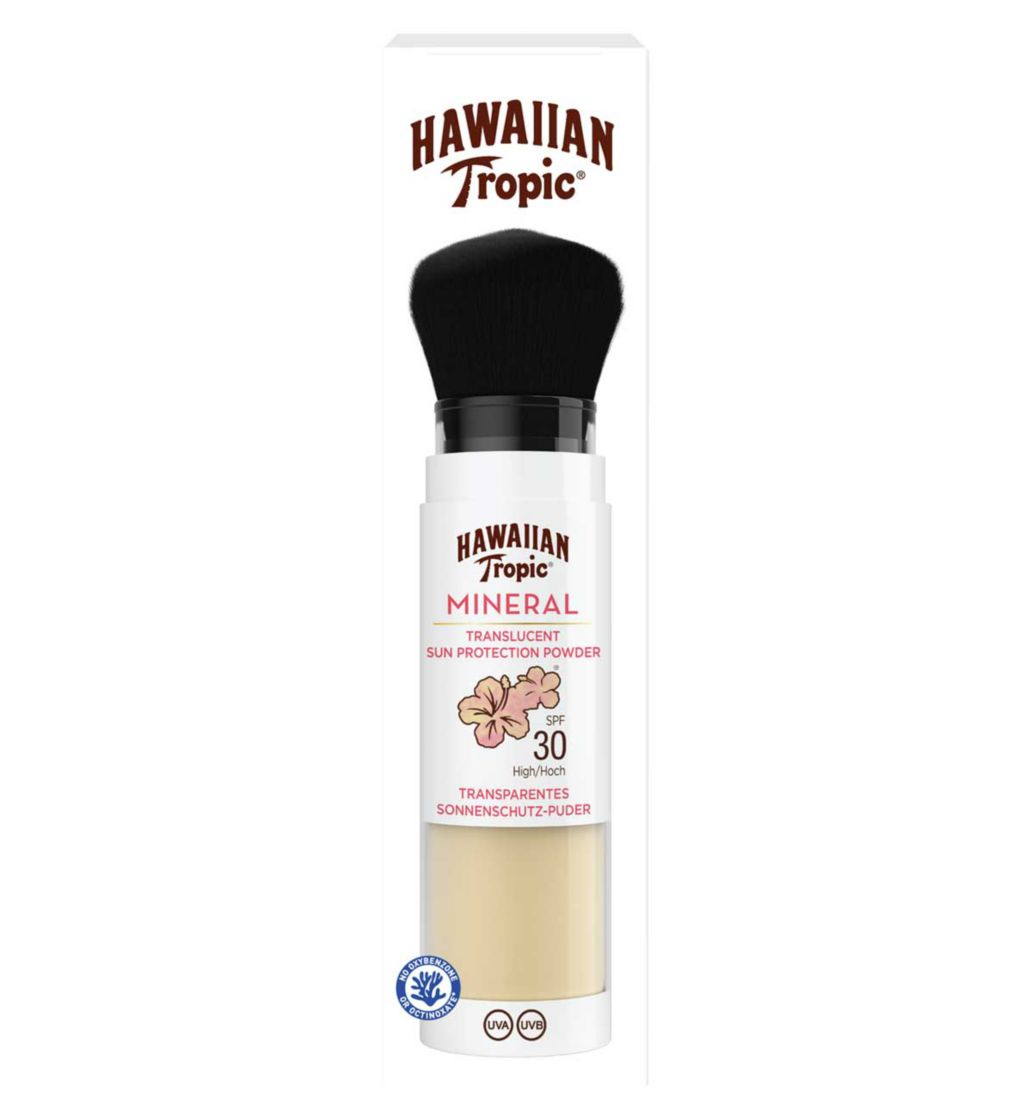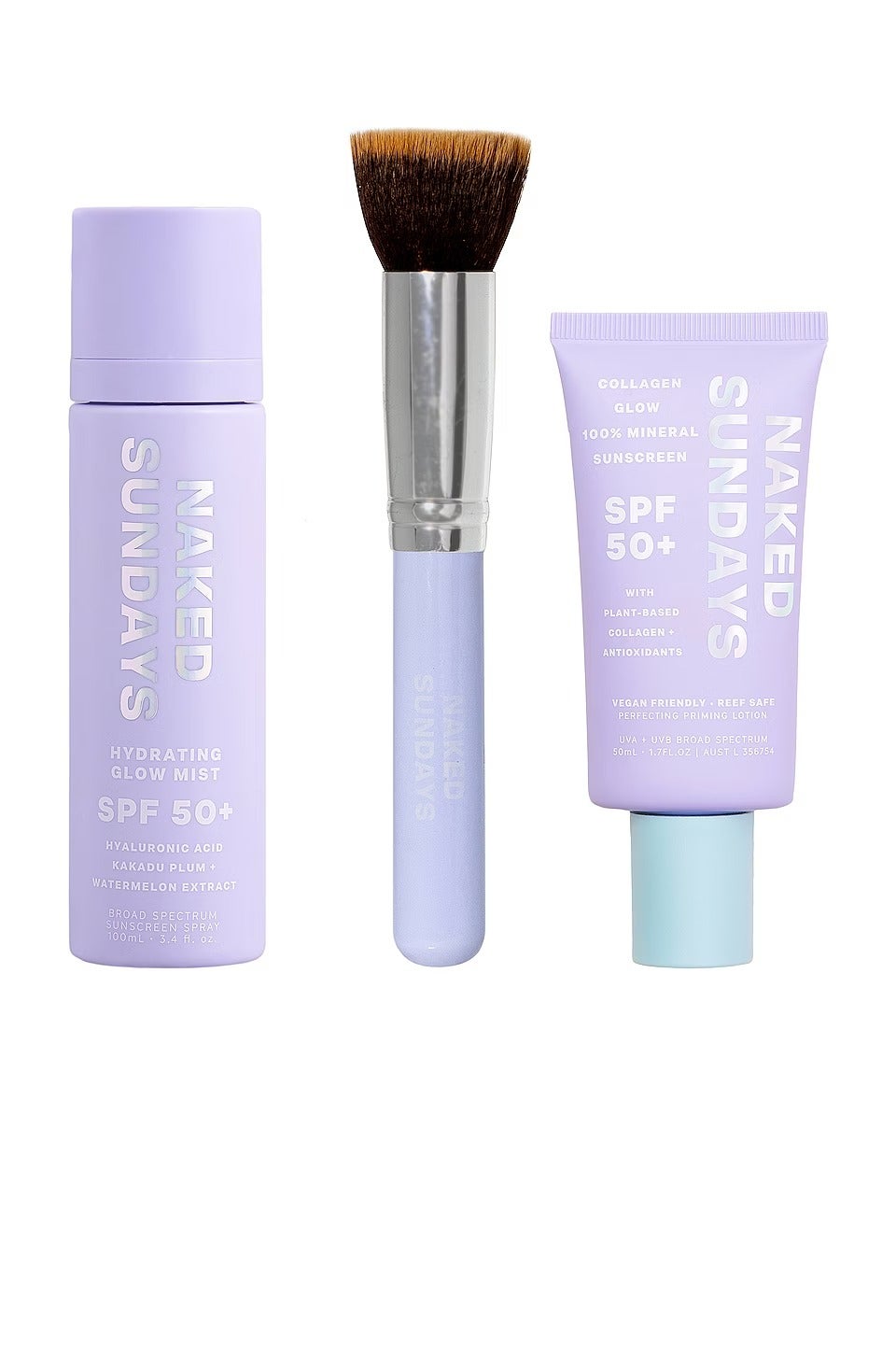Moving To Australia Made Me Realise I’d Been Doing SPF All Wrong
Welcome to Sun Blocked, Refinery29’s global call to action to wake up to the serious dangers of tanning. No lectures or shaming, we promise. Instead, our goal is to arm you with the facts you need to protect your skin to the best of your ability, because there’s no such thing as safe sun.
Photo: Courtesy of Darcy Brown.
After spending the past eight months in Australia, it's safe to say I have fallen for the Aussie way of life. It's no surprise considering the breathtaking natural wonders, outdoor-centric culture and refreshingly laid-back attitude. However, there is one area where Australia's "no worries" mindset doesn't apply: sun protection.
AdvertisementADVERTISEMENT
Owing to their extreme climate and the high skin cancer rates (more than two in three Australians will be diagnosed with skin cancer in their lifetime), Australians have adopted an innately sun-savvy mindset that distances them from the enduring notion that a tan equates to beauty. Don't get me wrong — having grown up in Essex, it was almost impossible for me not to favour a bronzed glow but what I've learned since living here has put my previous efforts to protect my skin to shame.
The importance of sun protection became apparent from the moment I arrived. In Australia, a suntan — or, if we face the facts, sun damage — is not perceived to be trendy or indicative of good health. I was surprised to discover that tanning beds are illegal and sunscreen products are heavily regulated. Just like hand sanitiser, bottles of SPF 50 are accessible at the counters of bars and restaurants. It has been a much-needed reality check and I've changed my tanning ways for good. Here's everything I want you to know about staying safe in the sun, Aussie style.
A tan is sun damage, plain and simple.
Let's set the record straight: a sun-induced tan should never be mistaken for a healthy glow. I'm sorry to burst that bubble. Brisbane-based dermatologist Dr Davin Lim describes the tanning process as an adaptive behaviour to high levels of UV light. "It's your skin's way of telling you that it is getting too much radiation," says Dr Lim. Melanocytes, specialised cells in the epidermis (the top layer of your skin), produce melanin pigment as a protective mechanism and this darkens the skin in a plea to safeguard it from further damage.
AdvertisementADVERTISEMENT
If you ignore the initial warning signs, then issues are likely to show up on your skin later. ''Sun damage can present as deep wrinkles caused by collagen breakdown from UV exposure, mottled pigmentation, enlarged pores, broken capillaries and persistent rough, dry areas of skin,'' says Dr Lim. But the harmful effects of UV exposure aren't solely aesthetic. Dr Lim comes across lots of skin cancer cases as well as precancerous lesions, which are skin changes or growths that are at risk of becoming cancerous over time.
Skin cancer accounts for the largest number of cancers diagnosed in Australia each year, according to the Australian Institute of Health and Welfare. While Australians appreciate the sun-kissed look, they also recognise the risks of excessive sun exposure. That's why fake tan products like those from Coco & Eve and Bondi Sands are a year-round beauty staple here — they can provide a bronzed glow without the harmful effects of UV radiation.
Australian sunscreens are among the best.
Dr Lim says that Australia has one of the highest rates in the world of melanoma skin cancer (a type of cancer that can spread to other areas of the body) and non-melanoma skin cancer (a group of cancers that slowly develop in the upper layers of the skin). This alarming statistic has seen the country implement the strictest regulations on sunscreen products.
AdvertisementADVERTISEMENT
Under the Australian Therapeutic Goods Administration (ATGA), all sunscreen products must undergo rigorous testing and compliance measures to ensure that they meet the highest efficacy and safety standards. By listing sunscreen as a 'therapeutic good', Australia places it in the same category as prescription medicine, vaccines and medical devices. With that in mind, you can rest assured that any Australian-founded sunscreen brand is of a high calibre.
One of my favourite Australian sunscreen brands is Naked Sundays, which serves up lotions, serums and mists with high-factor, broad-spectrum sunscreen. Try Naked Sundays SPF 50+ Collagen Glow Perfecting Priming Lotion, £35, or SPF 50 Clear Glow Radiant Sun Serum, £36, if you prefer lighter textures.
Then there's Bondi Sands, an affordable addition to any skincare routine. As well as self-tan, the brand's bestsellers include Bondi Sands Sunscreen Lotion SPF 50+ for Face, £6.99, and Hydra UV Protect SPF 50+ Body Lotion, £9.99. This list wouldn't be complete without R29-approved Ultra Violette. Try Supreme Screen SPF 50+ Hydrating Skinscreen, £34, and Clean Screen SPF 30 Fragrance Free Weightless Gel Skinscreen, £32.
AdvertisementADVERTISEMENT
No, the SPF in your makeup isn't enough sun protection.
I cringe when I recall the not-so-distant days when I relied solely on my tinted moisturiser with SPF 30 to shield my face from the sun. Can you blame me? Makeup's sun protection benefits are often overly emphasised in product descriptions. However, makeup with SPF is classified as secondary sunscreen by the ATGA as its primary purpose is cosmetic rather than protective.
"SPF in makeup does not offer anywhere near the protection of regular sunscreen," says Dr Lim. That's because we tend not to apply enough of it. Dr Lim suggests using about three-quarters of a teaspoon or two finger-lengths of sunscreen for the face and neck. It's unlikely any of us are applying this much makeup. I learned that you’d be lucky to get an SPF of 4 to 8 from a typical makeup application, while dermatologists recommend an SPF of at least 30.
Unless you're going to slather on half a bottle of tinted moisturiser each time, it pays to get serious about including a targeted sunscreen in your routine. So while layering makeup containing SPF over a dedicated sunscreen lotion is a great way to boost your protection against damaging UVA rays (responsible for premature ageing and skin cancer) and UVB rays (associated with sunburn), it is not enough on its own.
Photo: Courtesy of Darcy Brown.
Try building a sunscreen wardrobe.
Inspired by my Australian acquaintances, I've curated a sunscreen wardrobe with a choice of products and formulas that work with my skin's needs throughout the day. This makes it easy for me to practise a consistent level of sun care. It starts in the morning: instead of waiting until I'm outside to apply sunscreen, I take a moment in front of the bathroom mirror (always at least 15 minutes before leaving the house), using Ultra Violette Lean Screen Mineral Mattifying SPF 50+, £34. This zinc-based sunscreen is never greasy, which is why it's my facial sunscreen go-to.
AdvertisementADVERTISEMENT
For my body, I rely on Bondi Sands Sunscreen Lotion SPF 50+, £7.99. This is water-resistant for up to four hours, which means it's a perfect choice for active days. You must still add a layer throughout the day, though. When it comes to reapplication, I trust Naked Sundays SPF 50+ Body Glow Mist, £34, which is a convenient on-the-go option. On makeup days, the SPF BFF Trio, £74, comes in handy, allowing me to set SPF 50+ over my makeup with its included brush. I also often top up with a face powder containing SPF, and my makeup doesn’t budge.
Australians favour SPF 50 over anything else.
SPF 30 blocks approximately 97% of UVB rays, while SPF 50 filters out approximately 98% of UVB rays. "This is the burning wavelength," adds Dr Lim. "Remember the letter 'b' for 'burn'." He adds that, ideally, SPF 50 will allow you to stay in the sun 50 times longer than you would be able to without protection before getting sunburned, assuming you have applied the recommended 3 to 4 ml of sunscreen for the face and neck. That said, plenty of us do not apply enough sunscreen. "Most people apply only 20 to 50% of the recommended amount," confirms Dr Lim, which is why it's important to bear in mind the simple two-finger application rule and to top up your sunscreen every two hours, especially if you are sweating or swimming.
AdvertisementADVERTISEMENT
It's also important to wear sunscreen all year round. "Although UVB is stronger in summer, UVA is constant and is responsible for damage to the deeper parts of the skin," says Dr Lim. I don't take my chances: SPF 50 is now a non-negotiable in my skincare routine, just like it is for my Australian friends.
Holistic sun protection is a thing.
Remember the Green Cross Code we were taught at school? The "Stop, Look, Listen" jingle became institutionalised to ensure we learned to cross the road safely. More recently, there was "Catch it, bin it, kill it" to stop the spread of coronavirus — you get the idea. Similarly, in Australia, the "Slip, Slop, Slap, Seek, Slide" slogan is ingrained from a young age as the core message of the Australian Cancer Council's SunSmart program. It means the following: slip (to wear sun protective clothing); slop (to apply and reapply sunscreen); seek (to seek shade whenever possible); and slide (slide on sunglasses to protect your eyes from harmful UV rays).
The sun safety slogan forms a holistic approach to sun protection. 'Slopping' on sunscreen is not a chore; rather, it is a universally celebrated practice against the sun's harmful rays. If you head to Bondi Beach, you'll frequently see surfers proudly sporting a visible white cast of sunscreen on their noses. The same goes for 'sliding' on sunglasses. Wearing shades with proper UV protection goes far beyond fashion for me now — it plays a crucial role in maintaining my eye health and protecting the delicate skin around my eyes. The World Health Organization says that wraparound sunglasses provide 99 to 100% of UVA and UVB protection. Also look for glasses that boast UV400 protection to defend the eyes and surrounding skin. Sunglasses with polarised lenses feature a special coating that reduces light glare and can safeguard eyes against UV rays, too.
AdvertisementADVERTISEMENT
Consider regular skin checks.
Lastly, aside from wearing sunscreen and investing in sun-protective accessories, regular skin checks are essential. Dr Lim suggests performing a self-examination three times a year with a mirror. Simply look for indications of a new mole or a changing mole, which appears different from the rest. ''It is super easy and convenient to [use your phone camera] to take a reference photograph and to look for any changes,'' concludes Dr Lim. If you are concerned about a mole, it pays to book an appointment with your doctor or a consultant dermatologist for further examination.
At Refinery29, we’re here to help you navigate this overwhelming world of stuff. All of our market picks are independently selected and curated by us. All product details reflect the price and availability at the time of publication. If you buy or click on something we link to on our site, we may earn a commission.
AdvertisementADVERTISEMENT








